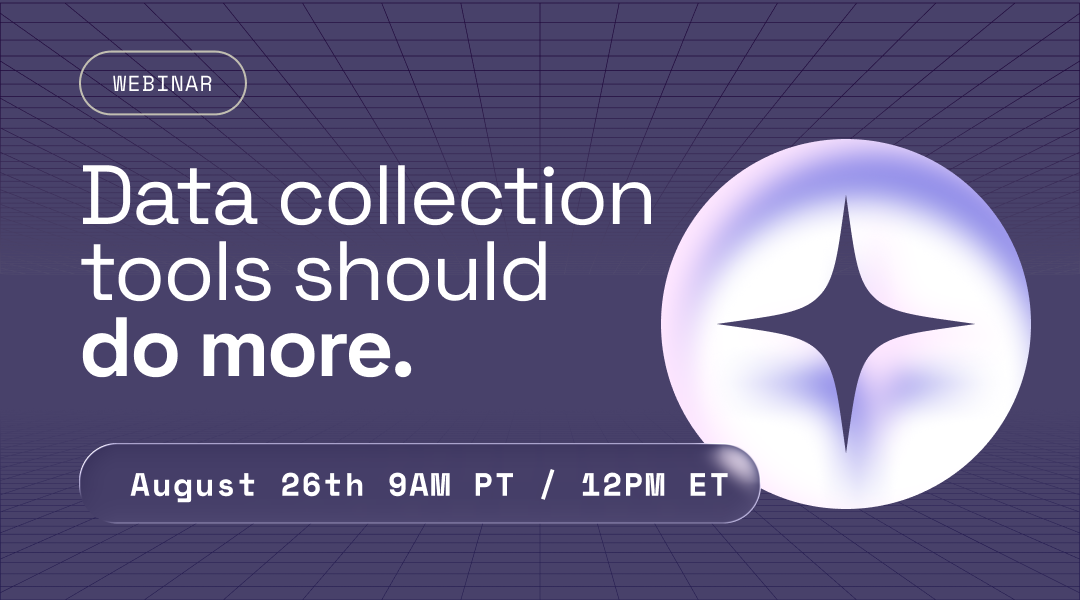The Power of Impact Data in Economic Development: Driving Lasting Change
Impact data plays a crucial role in economic development organizations, providing valuable insights into their initiatives' effects and outcomes. These organizations can make informed decisions and drive positive change by measuring and assessing their impact on communities, economies, and stakeholders. This article explores the significance of impact data in economic development and provides actionable strategies to enhance its effectiveness.
Aligning with Global Impact Dimensions
Economic development organizations should align their efforts with global impact dimensions to ensure accurate and comprehensive impact measurement. The Impact Management Project identifies five dimensions of impact that organizations should embrace:
- What: Clearly define the intended positive or negative outcomes of initiatives.
- Who: Identify the stakeholders affected by the organization's activities.
- How Much: Quantify the extent of the impact to provide tangible evidence.
- Contribution: Assess the organization's role in creating the impact and its value-add.
- Risk: Evaluate potential negative consequences or risks associated with the impact and implement mitigation strategies.
Aligning with these dimensions enables organizations to demonstrate their impact comprehensively and in a standardized manner.

Leveraging Existing Research and Best Practices
Economic development organizations can tap into existing research and best practices to strengthen their impact data. Sources such as the Organisation for Economic Co-operation and Development (OECD), the U.S. Bureau of Labor Statistics, and reputable academic journals offer valuable insights and data on similar economic programs. By referencing and building upon existing research, organizations can enhance the credibility and effectiveness of their impact data.
Establishing Clear and Relevant Impact Criteria
Economic development organizations should tailor their benchmarks to their specific programs and stakeholders to set meaningful impact criteria. Established frameworks like the Sustainable Development Goals (SDGs) or Impact Reporting and Investment Standards (IRIS+) can guide the establishment of impact criteria. For example, initiatives focusing on gender-smart investing can define clear criteria related to entrepreneurship, leadership, employment, and consumption. Specific indicators and scoring systems can accompany these criteria to assess the alignment of investments with women-centered approaches.
Conducting Impact Experiments for Continuous Improvement
Incorporating impact experiments into their practices allows economic development organizations to refine services and collect richer impact data. By conducting small-scale, time-bound tests, organizations can identify areas for improvement and iterate on their strategies. Impact experiments are not limited to the tech industry; they are increasingly gaining traction in development. This iterative approach enables organizations to enhance their impact data and make evidence-based decisions for greater effectiveness.

Establishing Causality through Transparent Logic Models
Establishing causality is a critical aspect of impact reporting for economic development organizations. To account for external factors that influence outcomes, it is essential to build transparent logic models, such as theories of change. These models serve as roadmaps, guiding data collection from multiple sources and highlighting the relationships between inputs, activities, outputs, and outcomes. By establishing clear causality through robust logic models, organizations can provide deeper insights into the direct impact of their programs or services.

Conclusion
Economic development organizations hold the potential to create transformative change within communities. Organizations can showcase their impact and drive lasting change by implementing effective strategies to enhance impact data. Aligning with global impact dimensions, leveraging existing research, establishing clear criteria, conducting impact experiments, and establishing causality are key steps toward comprehensive and compelling impact measurement. Unleash the power of economic development organizations and make a tangible difference in the communities you serve.
Learn More: Theory of change







